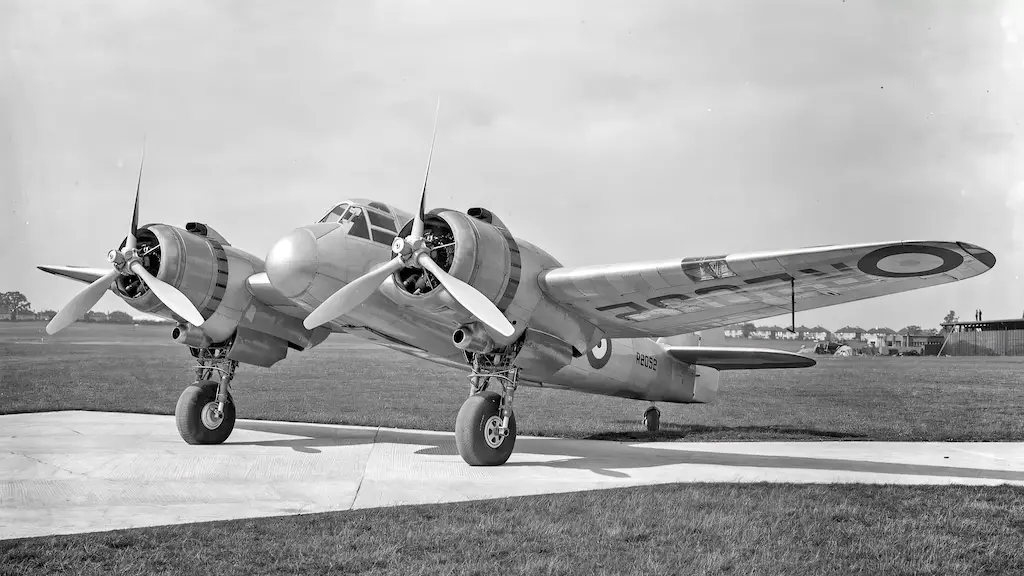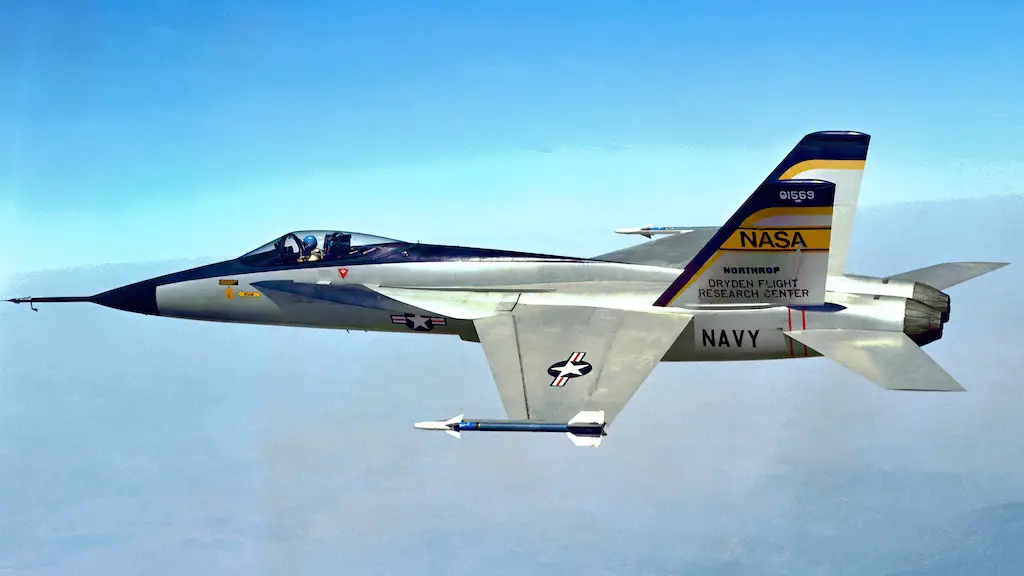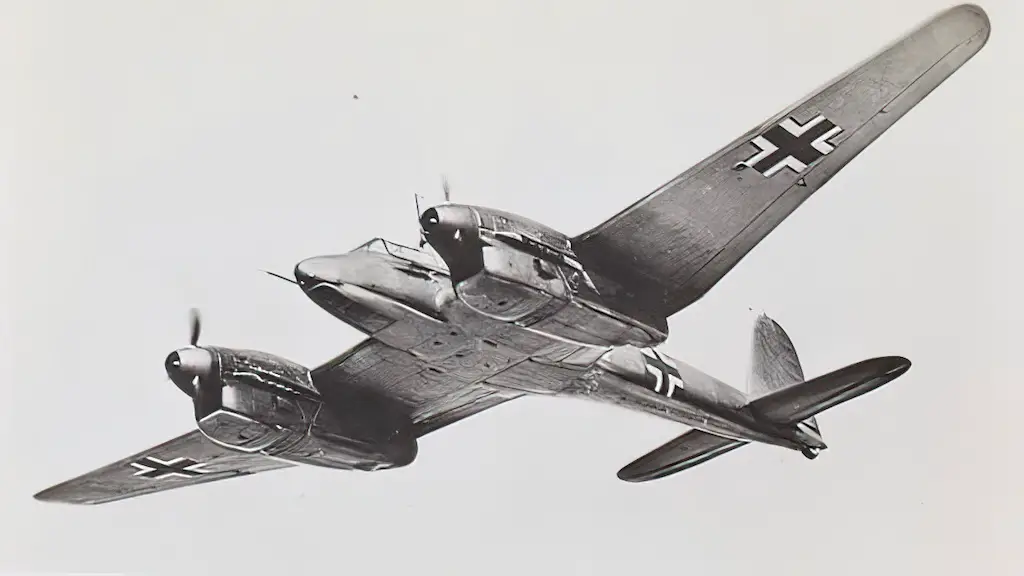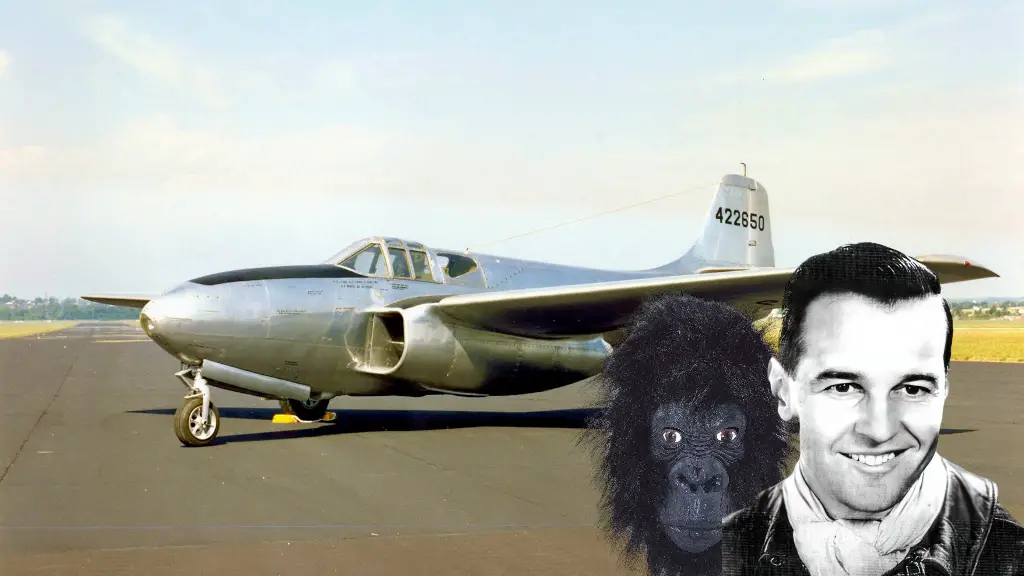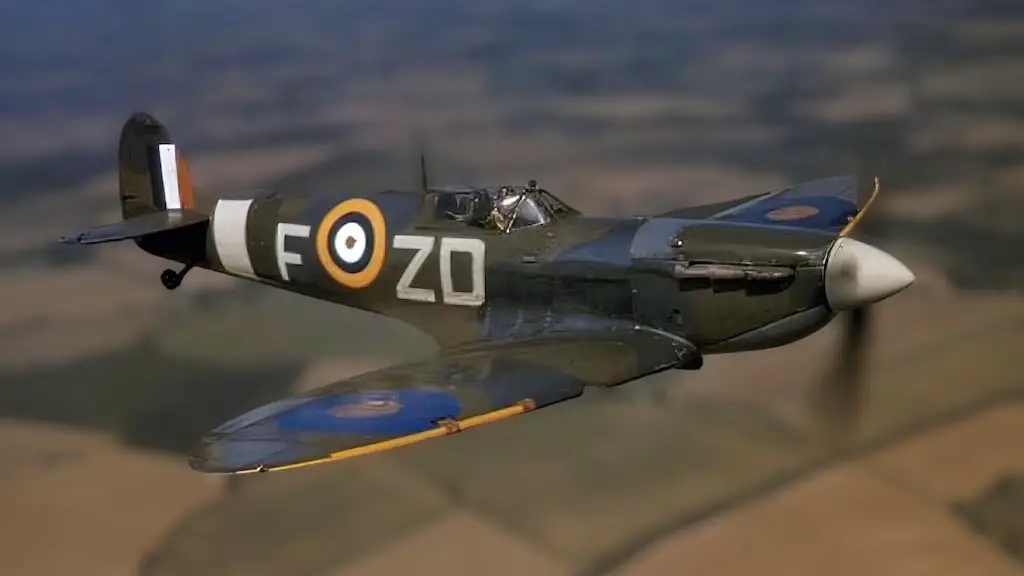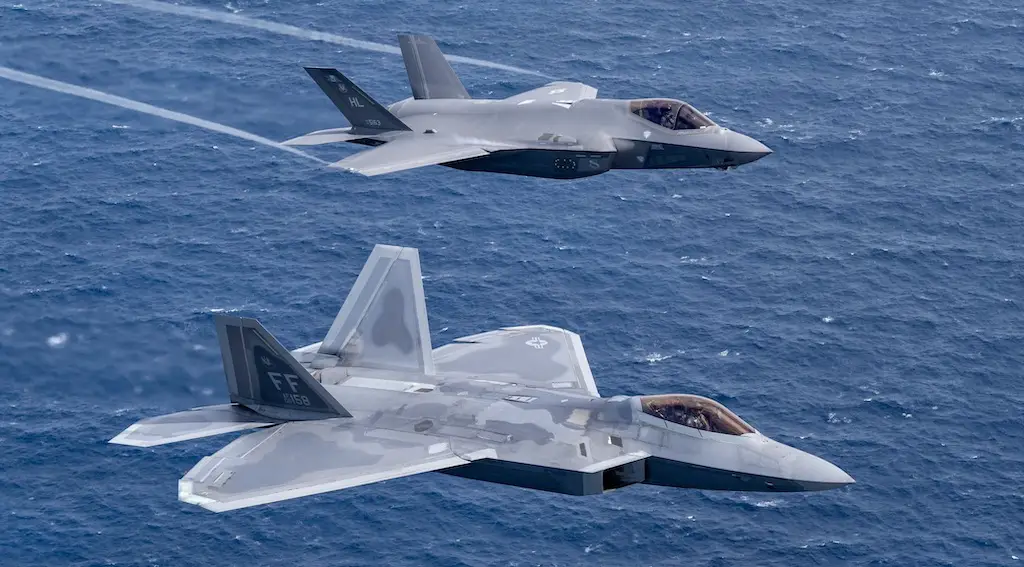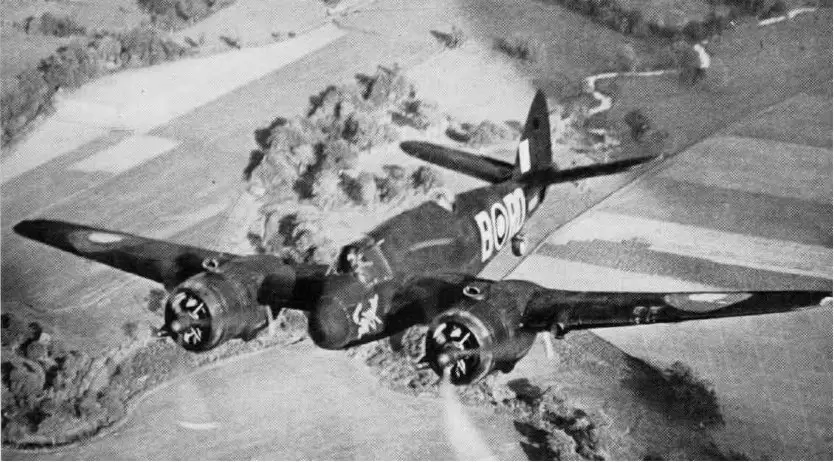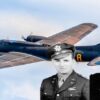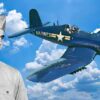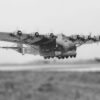Rise of the Night Fighter
Born out of necessity and innovative thinking, the Bristol Beaufighter made its mark in aviation history during the throes of World War II. First flown in July 1939, the Beaufighter, or ‘Beau’ as it affectionately became known, originated as a derivative of the earlier Bristol Beaufort torpedo bomber.
With the need for a new, powerful night fighter pressing, Bristol engineers were under the gun. They repurposed the existing Beaufort design, focused on producing a craft with superior speed, armament, and ruggedness. Success wasn’t far off. Within a matter of months, the Beaufighter prototype was in the air, its dual engines roaring.
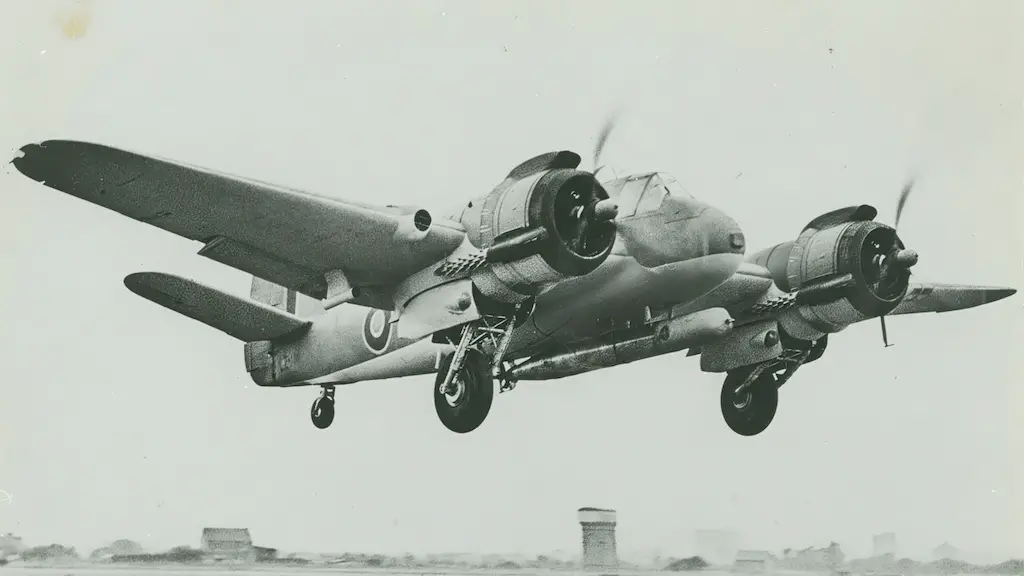
Hercules Engine
Dubbed the “Hercules,” the Beaufighter’s twin-engine setup was truly the heart of this machine. The Hercules was a 14-cylinder, two-row, supercharged radial engine, designed and manufactured by Bristol’s engine division. When the Hercules engines were turned on, you didn’t just hear them; you felt them.
Boasting over 1,500 horsepower each, these engines gave the Beaufighter a top speed of nearly 320 mph. Their radial design, unusual for British aircraft of the period, provided enhanced survivability, often allowing the aircraft to return home even after suffering considerable damage.
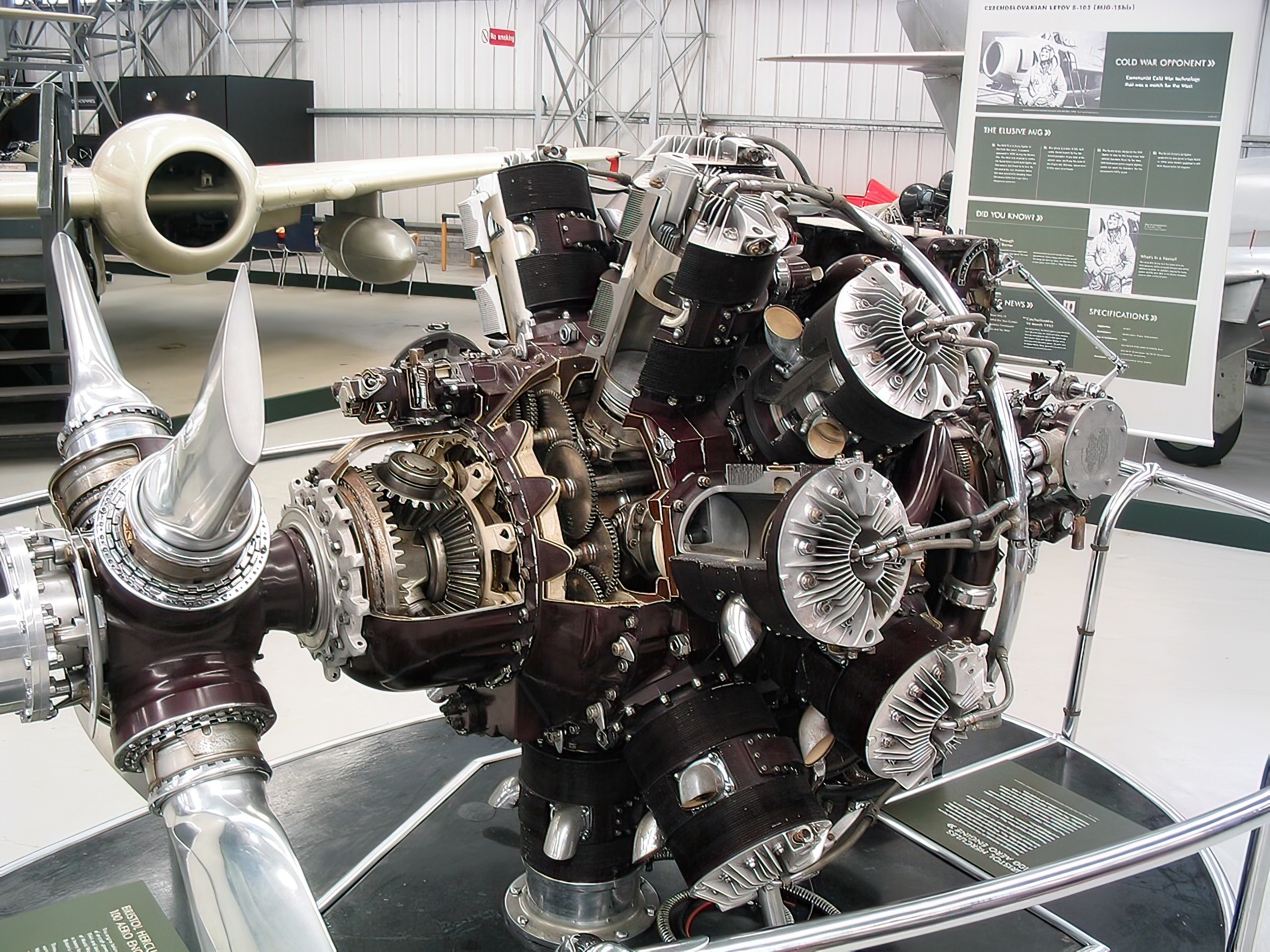
The AI Radar System
Perhaps one of the most significant advantages the Beaufighter had over its adversaries was its innovative AI (Airborne Interception) radar system. This was no ordinary tech, it was cutting-edge, a revolution that elevated the Beaufighter’s role in the theatre of war.
Introduced on the Mk IV variant of the Beaufighter, the AI radar allowed pilots to detect and track enemy aircraft in complete darkness, a capability that was a game-changer in the realm of night fighting. The Beaufighter, with its AI radar, became the terror of the night, a silent hunter stalking its prey unseen.
This radar consisted of a rotating antenna, housed in a streamlined ‘thimble’ nose, which could detect the range and altitude of enemy aircraft up to 4 miles away. It was an edge that pilots utilized to the hilt, swooping in unseen and unheralded, guns blazing.
Though initially, the radar system was a source of teething problems due to its novel technology and required high maintenance, it eventually became more reliable and invaluable. Pilots, no longer flying blind, could conduct precise intercept missions in the dead of night, turning the tide in favour of the Allies during the crucial night-time battles of World War II.
This innovation in technology, embedded in the hulk of the Beaufighter, was a precursor to the modern avionics we see in today’s military aircraft. The Beaufighter’s AI radar remains an iconic milestone in the evolution of aerial warfare technology.
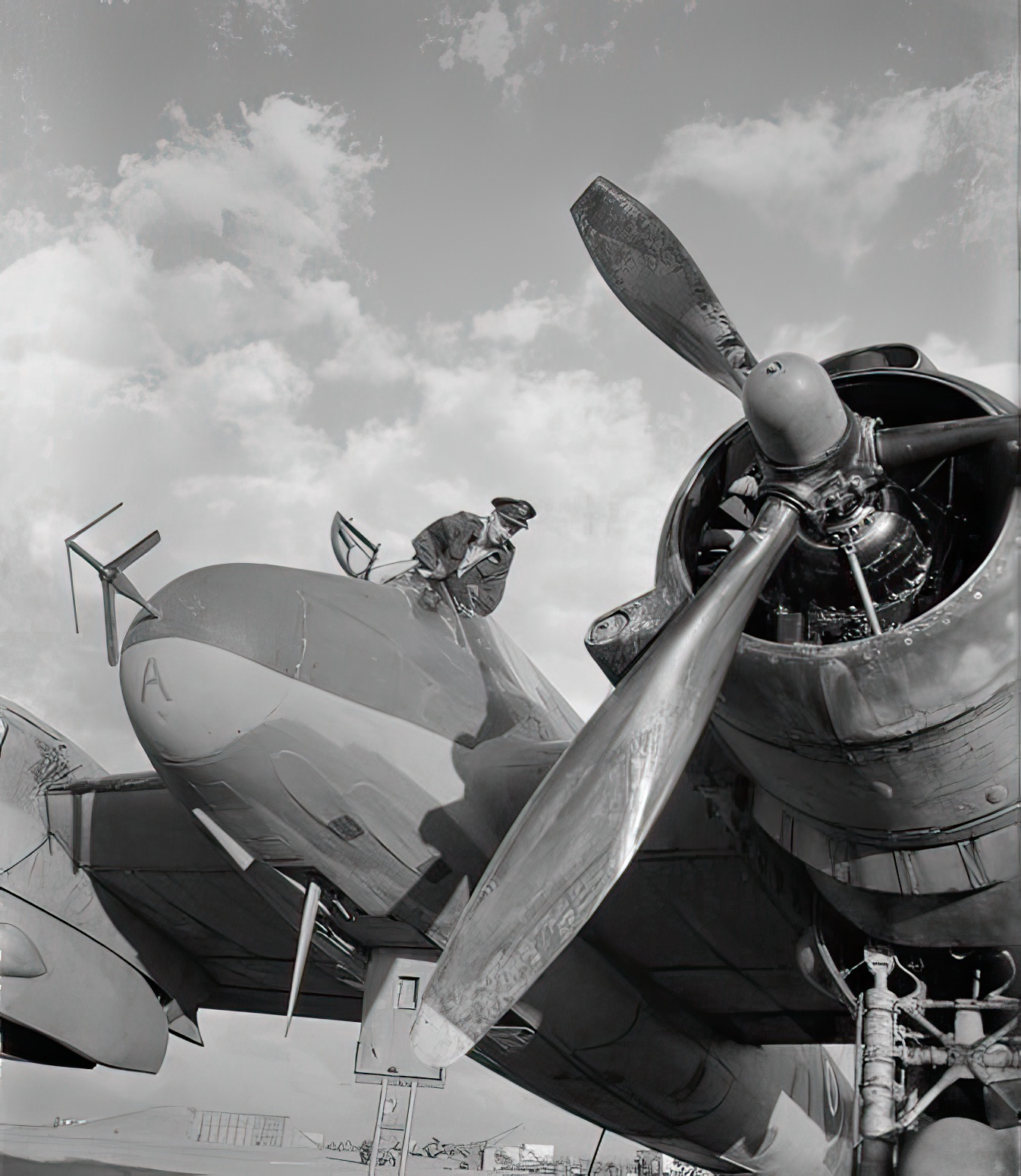
The Silent Hunter
As WWII intensified, the Beaufighter came into its own. Initially deployed as a night fighter to combat the German Luftwaffe, it soon displayed its versatility in other roles, such as a torpedo bomber and ground attack aircraft. The Beaufighter’s groundbreaking AI (Airborne Interception) radar was a game-changer, enabling pilots to locate and engage enemy aircraft in complete darkness.
The Beaufighter’s formidable armament, which included four 20mm cannons and six .303 British machine guns, made it a feared opponent. Its heavy firepower, coupled with the advanced radar system, turned the tide in the Battle of Britain. From the English Channel to the Pacific Theatre, the ‘Beau’ was a true predator of the skies.
Handling and Flight Characteristics
As formidable as the Beaufighter was in terms of firepower and speed, it demanded the highest level of skill and respect from its pilots. It was an aircraft with a strong character, embodying the old adage that ‘with great power comes great responsibility’.
The ‘Beau’ was a large and weighty aircraft, and its flight characteristics reflected this. Its robust Hercules engines generated significant torque, which required firm control and deft handling, particularly during takeoff and landing. Pilots often described it as ‘heavy on the controls’, meaning it required more physical effort to maneuver than lighter fighters.
Despite its size, the Beaufighter was known for its steady, stable flight. Once in the air, pilots admired its smooth ride and predictable response to control inputs, important qualities for a night fighter that had to pursue and target enemy aircraft in low-light conditions.
Yet, this stability also meant the ‘Beau’ was not an agile dogfighter. It was better suited for straight, high-speed runs to attack or escape enemy territory, rather than engaging in twisting, turning air battles with more nimble opponents.
Its distinct flight characteristics, though demanding, allowed skilled pilots to exploit its strengths. Those who mastered the Beaufighter’s unique nature could turn this beast of the skies into a force to be reckoned with.
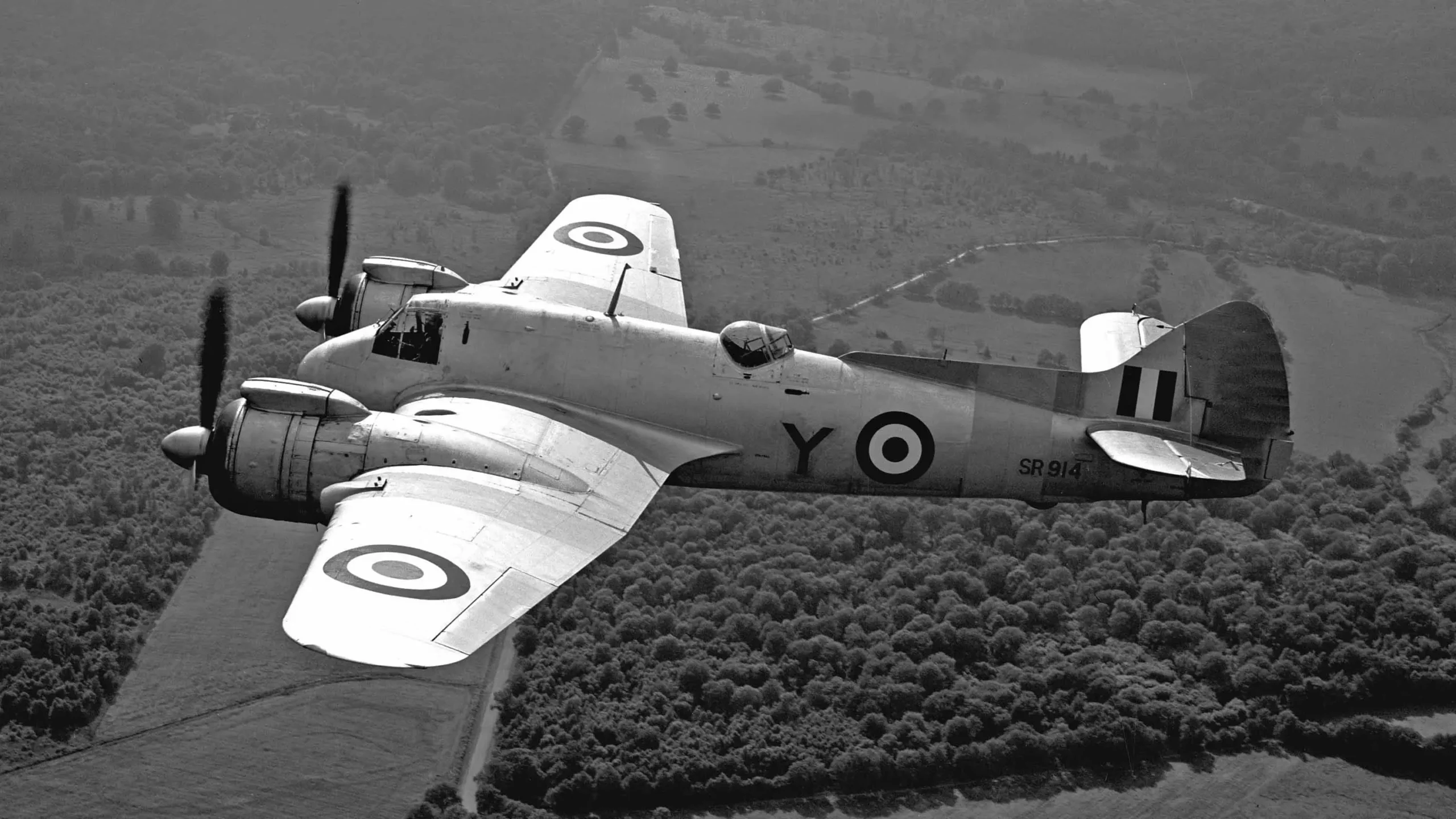
Shortcomings
Yet, like all great machines, the Beaufighter had its share of weaknesses. Early versions suffered from issues with the Hercules engines, with unexpected power cuts during takeoff. The aircraft’s sheer power and torque made it challenging to control, particularly for less experienced pilots.
The Beaufighter was also heavily reliant on its radar systems, which were, at times, prone to technical difficulties. Its heavy frame compromised maneuverability in air-to-air combat against more agile adversaries. Despite these challenges, the ‘Beau’ was always respected, never underestimated.
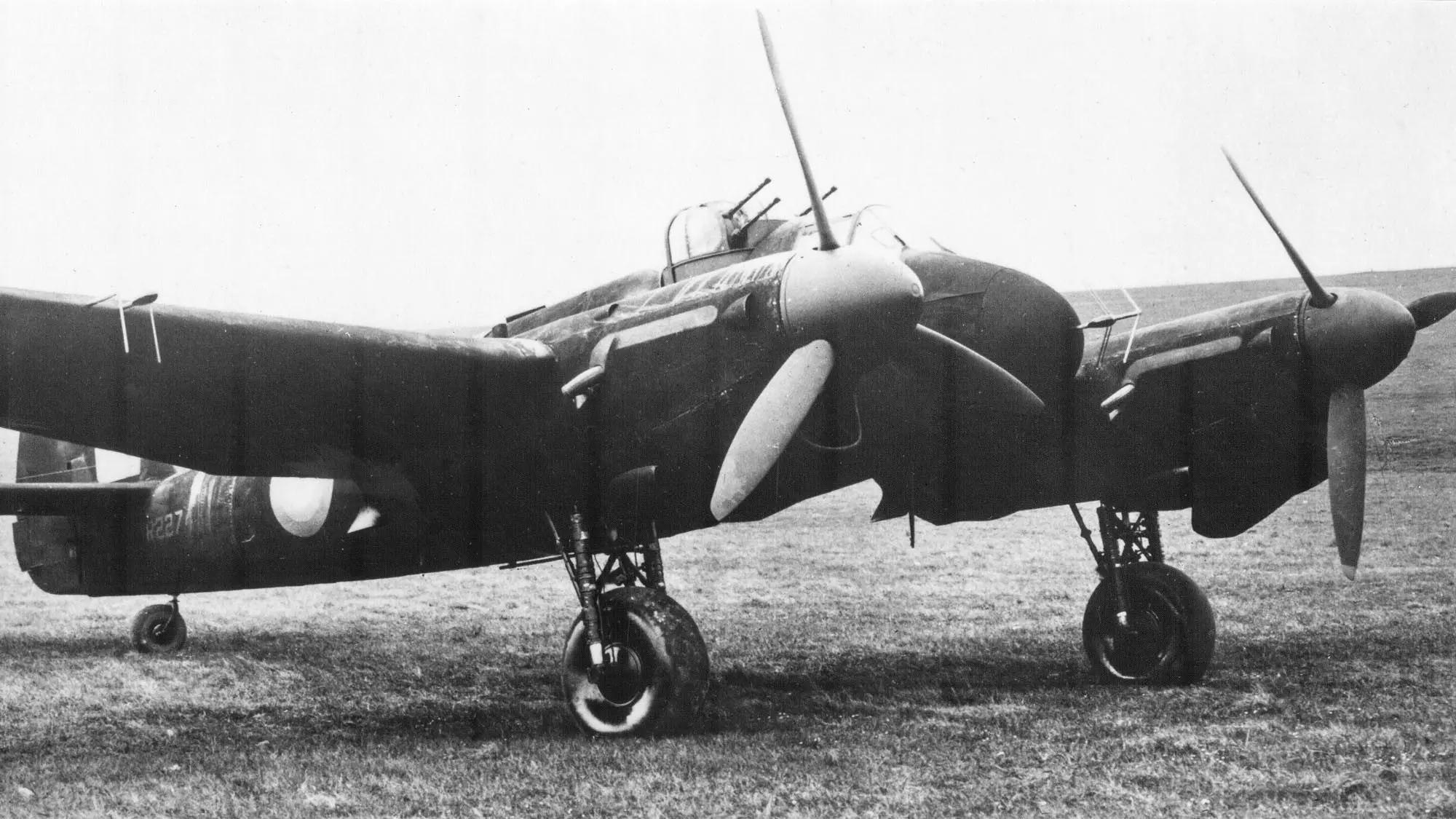
Legacy of the Beaufighter
The Bristol Beaufighter stands as an enduring symbol of the marriage of human ingenuity and mechanical brawn. Representing an exquisite balance of speed, strength, and firepower, the ‘Beau’ proved itself a game-changer on the global theatre of war.
Its presence, whether concealed within the silent cloak of darkness or bearing down in the stark clarity of day, was a force to be reckoned with. Each mission the ‘Beau’ undertook was a new verse added to the epic saga of aviation history.

